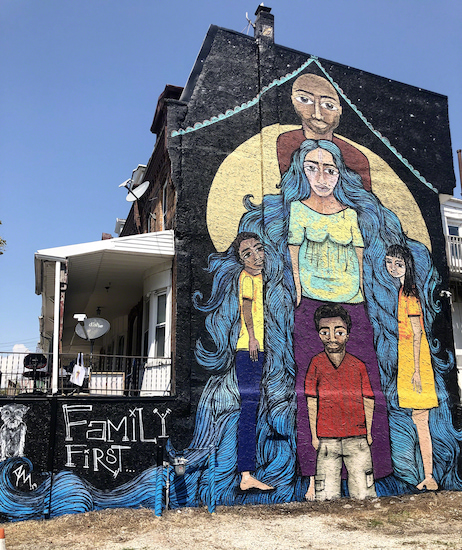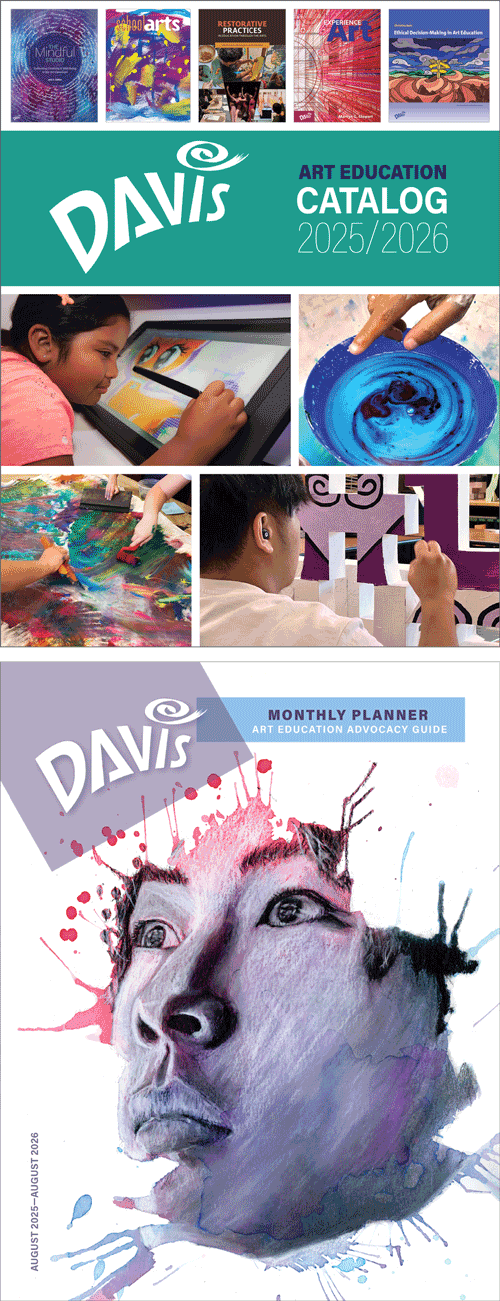International Families Day: Alice Mizrachi
During the 1980's, the United Nations began focusing attention on issues related to the family. In 1993, the General Assembly decided in a resolution that 15 May of every year should be observed as The International Day of Families. This day provides an opportunity to promote awareness of issues relating to families and to increase the knowledge of the social, economic and demographic processes affecting families.
International Day of Families 15 May: Art by Alice Mizrachi (born 1977, United States)
Alice Mizrachi is an interdisciplinary artist, activist, and art educator.
 |
| Alice Mizrachi, Family First, Atlantic City, New Jersey, for the Atlantic City Arts Foundation, 2019. Image courtesy of the Artist. © 2025 Alice Mizrachi. (8S-30506) |
When Mizrachi received the commission for Family First, her subject was inspired by her contemplation about the community and families living alongside the Boardwalk and Casinos of Atlantic City. She wanted her mural to stress the importance of family above all else, including gambling and money. Family First is about family and growth and a positive outlook for children about the fact that all different types of family are a reason for celebration in America's diverse culture. Many of Mizrachi's murals feature lush women's hair that she views as a symbol of water that "has memory and holds memory."
The art form of graffiti has been around since the ancient world. It has been found in ancient Roman cities such as Pompeii, and has been discovered in ancient Mayan religious sites. In both cultures it was illegal to deface public buildings, but, the art form was also an important means of communication.
Contemporary graffiti art, now called Street Art, evolved in American urban areas starting in the 1960s. It spans all racial and economic groups. Its appearance on public buildings, housing and public transportation in American cities has spread as a cultural phenomenon around the world since the "renaissance" in graffiti art in the 1980s. The majority of these artists were self-taught. The first ever gallery exhibition of Street artists occurred in 1973 at Razor Gallery in New York City. In 1983, the Sidney Janis Gallery in New York brought graffiti art to the commercial art world in the United States with the landmark exhibition Post-Graffiti.
Mizrachi is an interdisciplinary artist based in New York and Miami. Alice’s activist ideology is woven into her studio, public art and education practices. Mizrachi’s intentions include the empowerment of self and others through artistic expression, as well as advocacy for women, youth, and the environment. Mizrachi’s identification as a woman of Sephardic Israeli descent who is first generation American, is reflected through intuitive ritualistic gestures honoring the sacred feminine and patterns inspired by Judeo-Arabic cultures. The duality of deconstruction/ reconstruction of figurative elements reveals a human hand in the making of her work; an intentional maneuver in an increasingly technological age.
The narrative in Alice’s work often reveals her identity and experiences as a woman who was ushered in to the new world by parents wanting to flee a war torn Tel-Aviv. She has shown with the Museum of the City of New York, the National Museum of Women in the Arts and The Buffalo AKG Art Museum; taught at The Studio Museum in Harlem, Brown University, The Laundromat Project and BRIC Arts while also being featured in the New York Times, Huffington Post, and Architectural Digest.

Comments